|
Art quilters often compare their fabrics to an artist’s palette of paints. The same can be said for those who have discovered thread painting, although in this case, the threads are like crayons or colored pencils, and the fabric is the paper. Thread painting is a method of densely covering fabric with machine stitches—either on a home sewing machine or a longarm machine. It is similar to free-motion quilting, in that you drop the feed dogs and move the fabric around freely as you work. An alternative is thread sketching, which simply highlights certain areas of a design with free-motion stitches, a less time-consuming prospect as the stitching is not so dense. Both are thoroughly enjoyable and mesmerizing, justifiably making a quilter feel like an artist. I started out by tracing my design onto cotton fabric, then stabilized the fabric with two layers of iron-on interfacing. I inserted the first area I wanted to stitch into a clip frame. I dropped the feed dogs on my sewing machine, threaded the machine with black thread, and drew up the bobbin thread before beginning, as shown here. I made a couple of stitches, then trimmed off the threads so they wouldn't be in the way. I set the stitch length to zero and the stitch to zigzag. First, I outlined the bird with zigzag stitch, working slowly, with the stitching line of the design always in a horizontal position. (I usually have two hands on the hoop, but my right hand was holding the camera and taking the photo!) I moved the work from side to side as I stitched, turning the work continually in the curved areas. It helps if you can program the needle to stop in the down position so that the work doesn't shift out of place when you stop stitching to take a break. Once the whole bird was outlined in black, I threaded the machine with a variegated blue/green, and changed to straight stitch. I made a series of stitches across the design, to imprecisely cover the area to be filled in - making a padded background of straight lines. These stitches do not have to be perfect as they form a base that will be hidden by the later stitches. I changed back to zigzag stitch to fill in the design, following the natural direction and curves of the design. It's important to stitch carefully, thoroughly filling in any gaps that form. The needle may begin to make a knocking sound as it stitches through thick threads; this is normal. The previous image shows some of the straight "padding" stitches, as well as the zigzag filler stitches on top. You can add highlights with different color threads if you wish. Try to vary the length and position of all the stitches to create a natural, random appearance. If your design is larger than the hoop, re-hoop as required.
I haven't finished thread painting the bird yet, but will post an image of it when I'm done.
13 Comments
MBN
12/14/2013 03:54:21 pm
WOW, that is phenomenal. I'm always impressed when someone has artistic talent, since I have none.
Reply
Dorothy
1/2/2014 03:07:56 am
That's a gorgeous effect! It's stunning the way new techniques continue to emerge in such a grand old tradition, and it must be so exciting to discover them!
Reply
Annlee
2/12/2014 06:44:10 pm
I love the depth and richness of this technique - but especially since you are getting such wonderful results on an older machine, without an embroidery module! I know quilters who do alot of embellished work, spending thousands on computerized sewing machines - and your work looks much better! Well done!
Reply
Linda Seward
2/13/2014 09:41:05 am
Thanks for the comments. Computerized embroidery certainly has its place, but it really does feel more artistic doing it yourself!
Reply
Linda Seward
3/24/2016 09:33:25 am
Thanks! I'm glad to know people are reading old posts. This will encourage me to add something new. Much appreciated.
Reply
12/9/2019 10:01:47 am
The thread painting and covering for fabric methods and allowed the interesting techniques with us,keep It up. Basically generating about quality concepts and essential paintings as well.
Reply
7/14/2020 10:28:26 am
Thread painting, we all are getting here a lot of thoughts on covering fabric with machine techniques with us. I know about the site and sharing more reviews and paper thoughts with us.
Reply
11/2/2020 06:28:30 am
This is my first time i visit here and I found so many interesting stuff in your blog especially it's discussion, thank you. Get ready for yoga, cucumber slices and mud baths! The sims 4 cheats spa day is now available for playsation4
Reply
Rayne
11/15/2022 09:03:43 am
I'm struggling a bit but your post has given me direction. Thanks
Reply
Linda Seward
11/15/2022 01:13:35 pm
Thanks so much for the comment. It gets easier as you go along!
Reply
1/17/2023 03:06:44 pm
Hi i have heavily thread-painted a full
Reply
Linda Seward
1/17/2023 06:22:01 pm
If the back looks ok you should allow it to show. Judges are unable to do their job properly if the back is all covered up. So make sure you are as proud of the back as the front and you should be fine. Good luck!
Reply
Your comment will be posted after it is approved.
Leave a Reply. |
Archives
March 2023
Categories
All
|
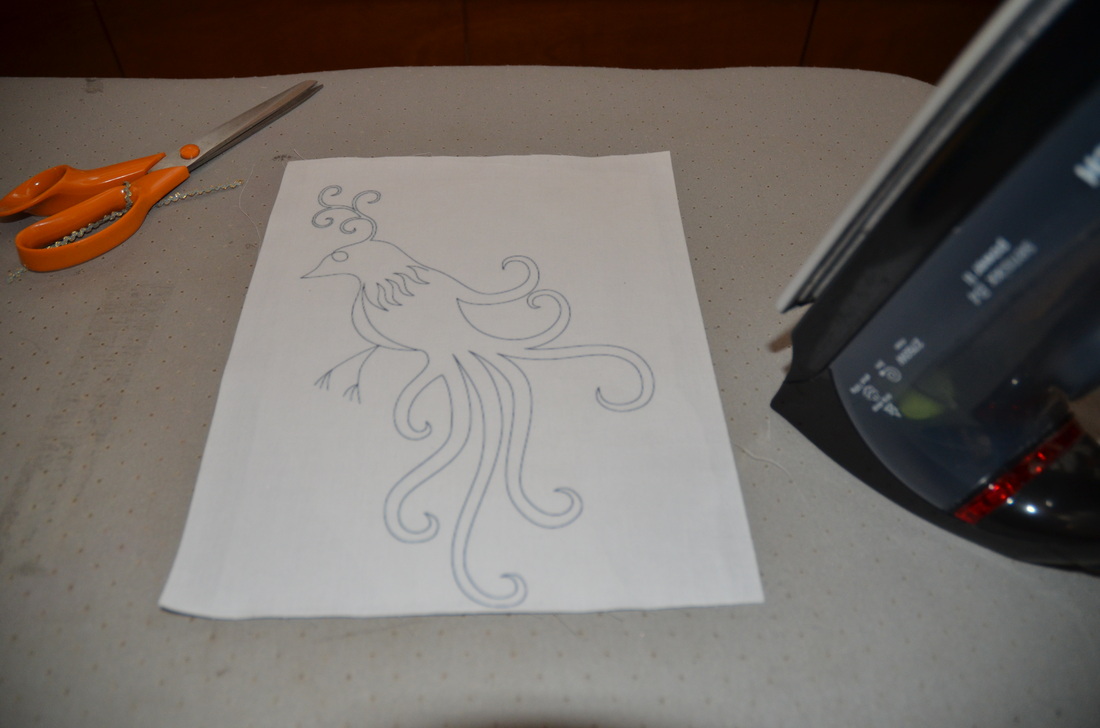
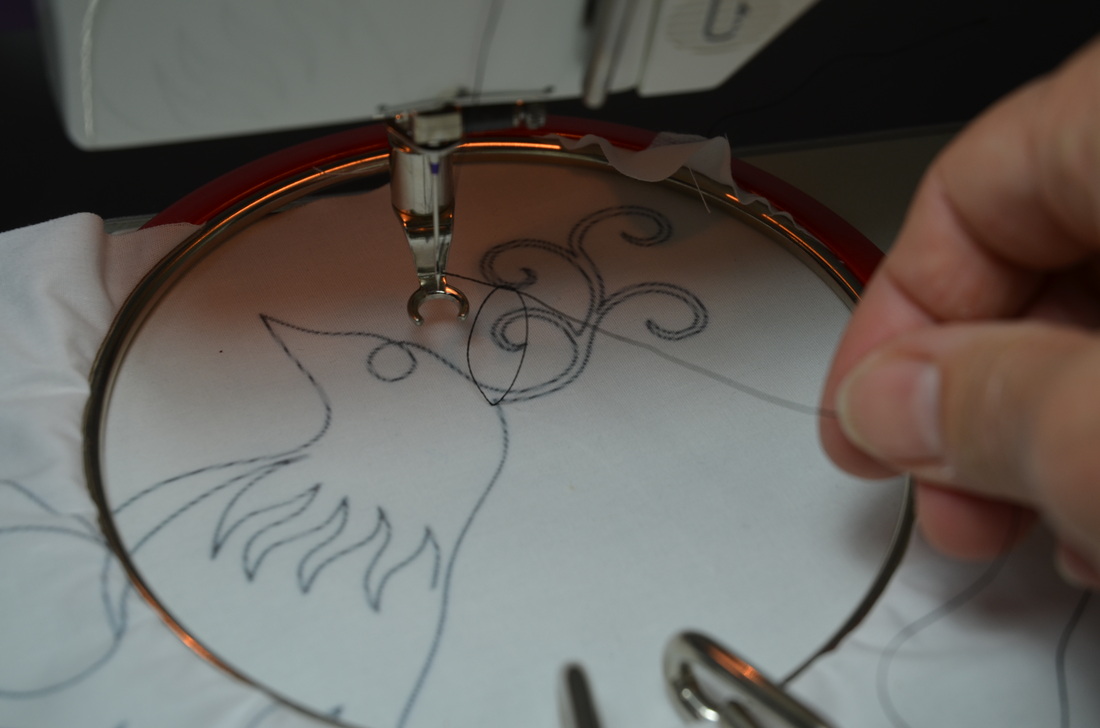
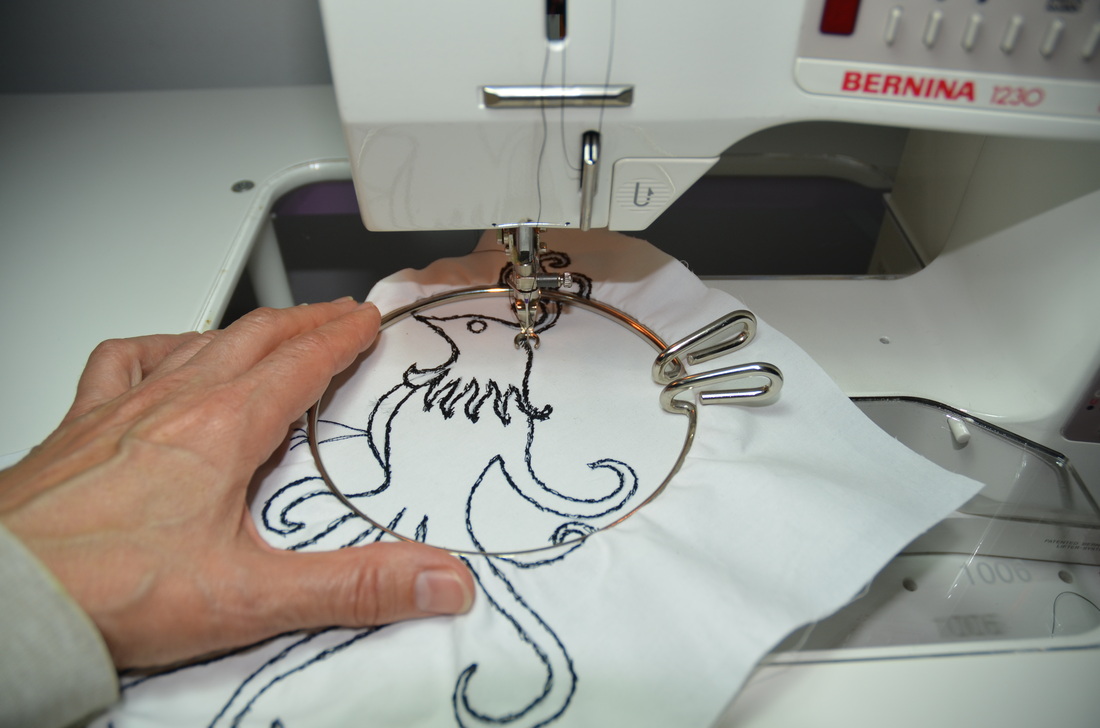
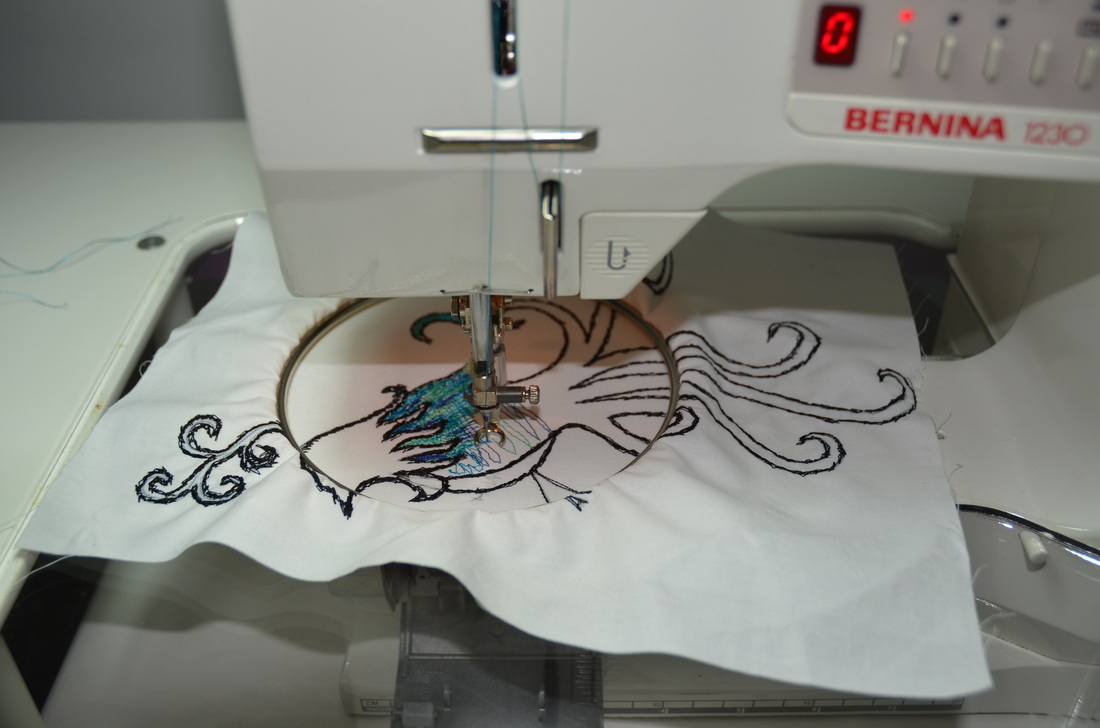
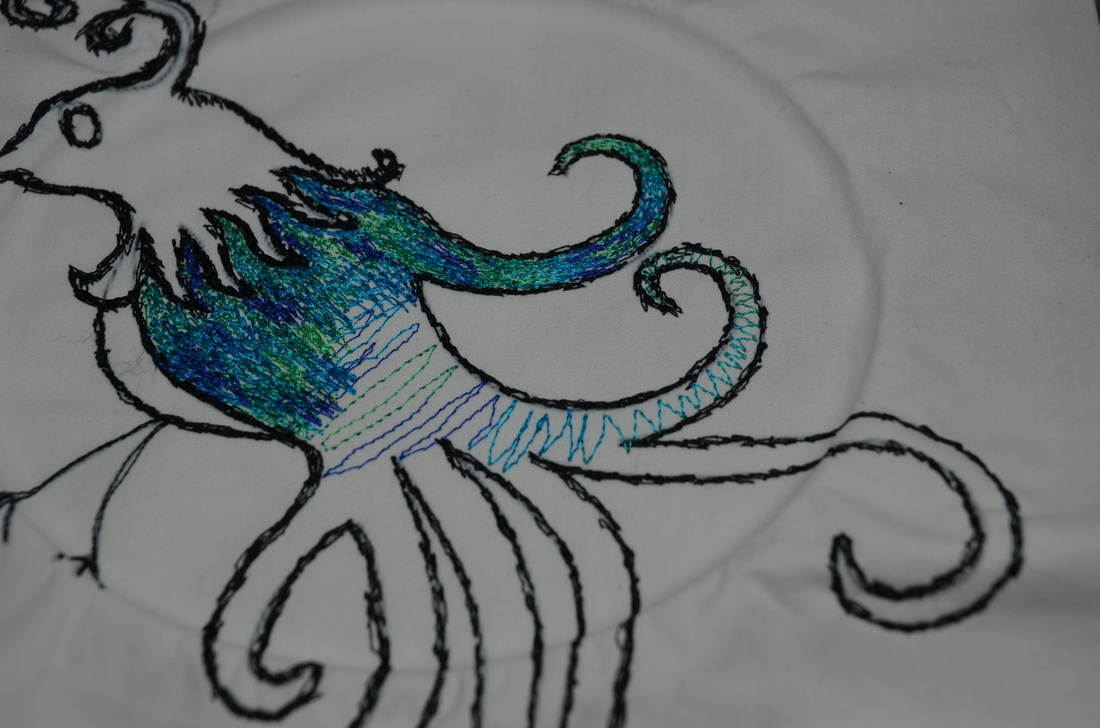
 RSS Feed
RSS Feed